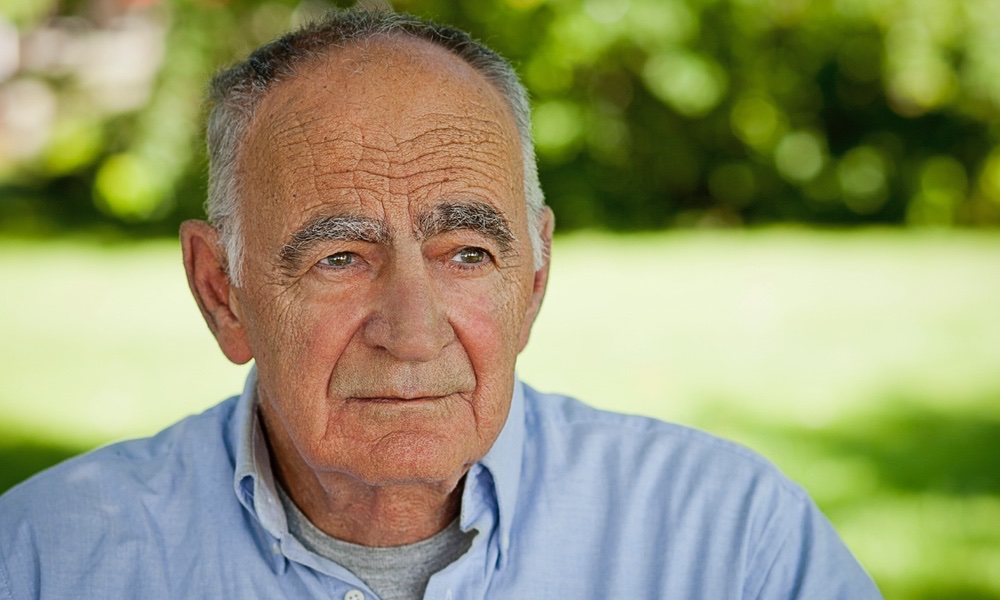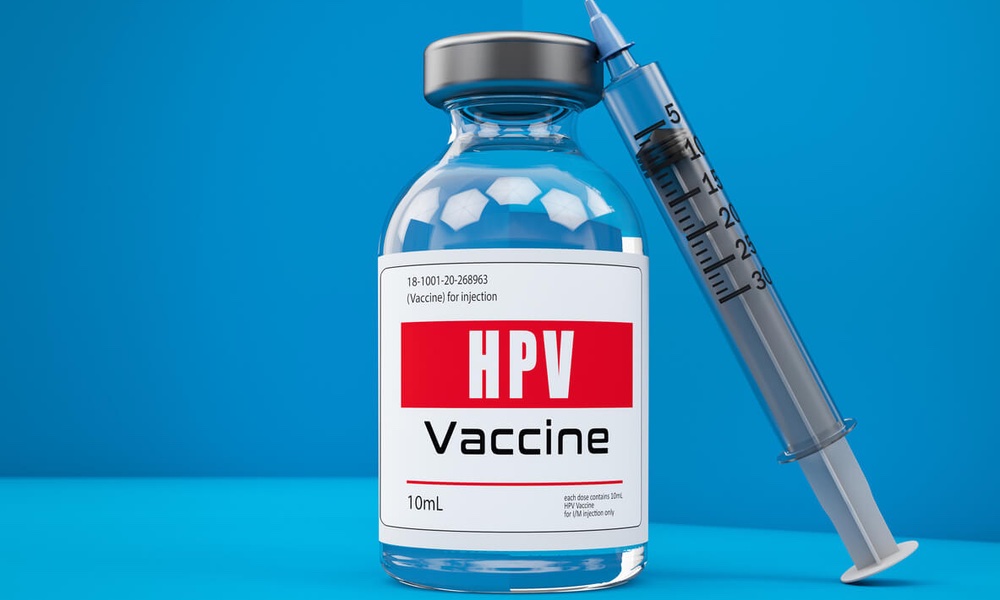If you had a choice between taking a drug — with all its side effects and costs — or exercising to cure a disease which would you choose?
Most people don’t really know how much they can really benefit from exercise. It’s therefore not surprising that while the number of people who exercise regularly remains relatively low (14% of adults in the United Kingdom), the number of prescription medications continues to skyrocket across the world (17.7 prescriptions for every person in the UK).
Exercise has been shown to affect both the prevention and treatment of disease. It also has been linked to extended lifespan.
Amazingly, exercise and drug intervention produced the same results in patients with coronary heart disease and diabetes. In the group undergoing stroke rehabilitation, exercise actually performed better than drugs on mortality rates.
In a study published in BMJ, the British Medical Journal, researchers compared the results of 305 randomized controlled trials involving 339,274 individuals across the United States and Europe. The trials were analyzed to determine the benefits of physical activity versus prescription drug intervention on mortality rates.
The study focused on mortality rates across four common cardiovascular diseases: coronary heart disease, stroke, heart failure and diabetes. In each case, the scientists determined the extent to which exercise helped patients live longer vs. the impact of prescription drugs.
Amazingly, exercise and drug intervention produced the same results in patients with coronary heart disease and diabetes. In the group undergoing stroke rehabilitation, exercise actually performed better than drugs on mortality rates. According to the researchers, the results suggest that physical activity may be as effective as most drug interventions in treating chronic illnesses such as cardiovascular disease.
A limitation of the BMJ study was that the amount of evidence linking the benefits of exercise to mortality was considerably smaller than the evidence linking drug intervention to mortality. This unbalance in sample size may have impacted their results. The researchers call for more trials to address the differences between exercise and drug-based treatments to reduce this disparity.
Subjects who exercised more than four hours per week had a 19 percent lower risk of high blood pressure than those who exercised less than one hour per week. Other studies have indicated that exercise can have a direct impact on artery dilation and slow the aging of blood vessels — thereby improving blood flow throughout the body.
Results from both studies suggest that physical activity — during work or leisure time — may be more beneficial for improving one’s health than previously thought and should be a no-brainer.
“To try to lower your risk of high blood pressure, you should exercise more in your leisure time,” according to Wei Ma, one of the authors of the Hypertension study. This is especially true for ailments in which the drugs currently available provide only a modest benefit.



